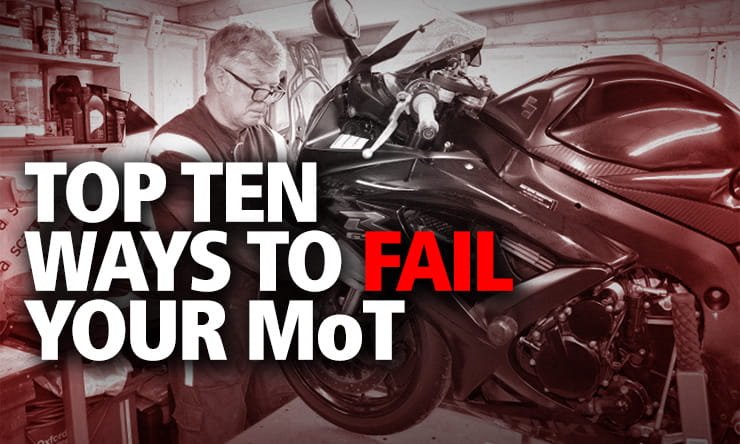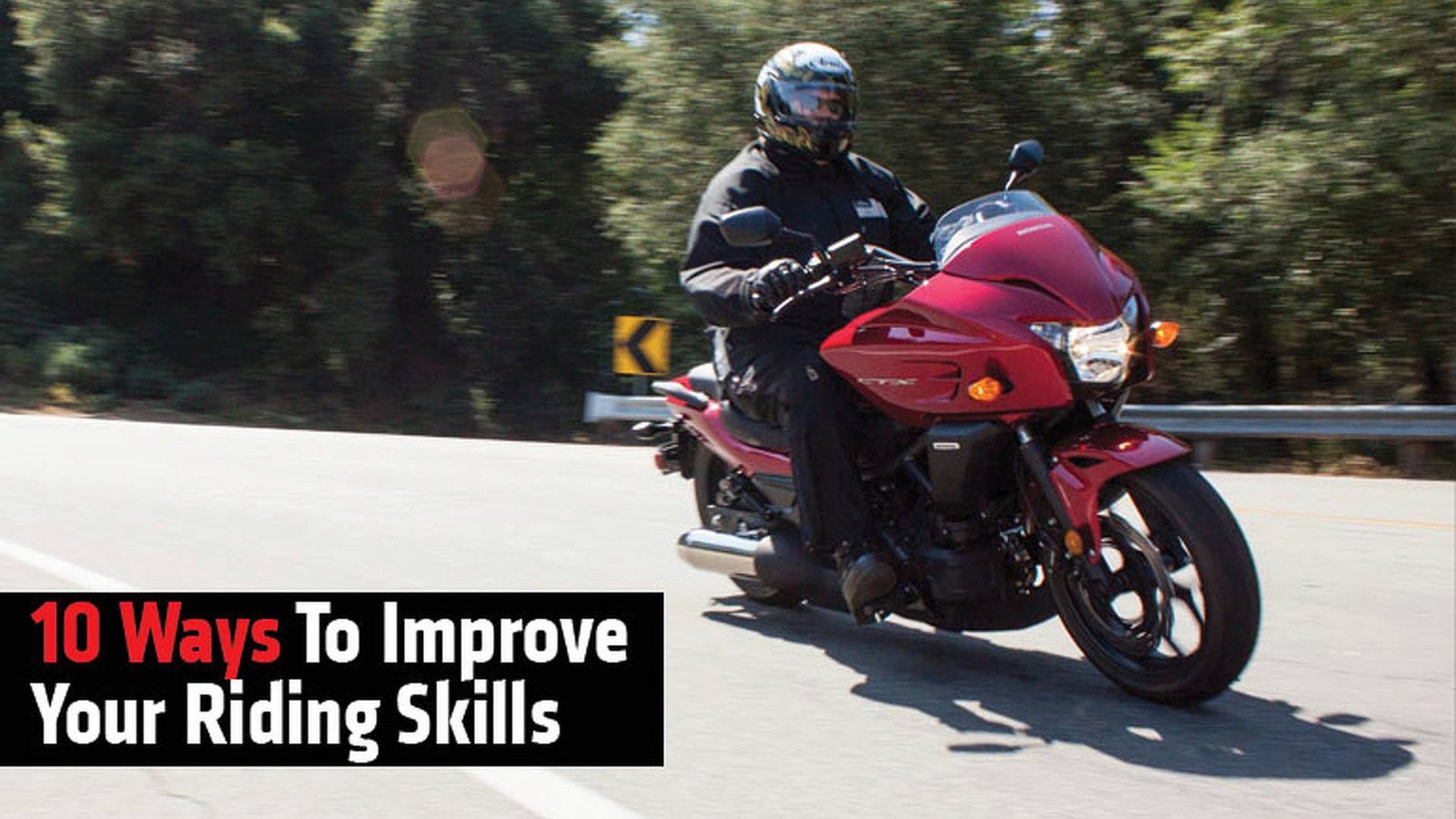If your motorcycle helmet is too big, try adjusting the padding or purchasing thicker cheek pads for a snug fit. Alternatively, consider exchanging it for a smaller size or trying a different helmet brand that offers a better fit for your head shape.
Ensuring that your motorcycle helmet fits properly is crucial for your safety on the road. A loose-fitting helmet can lead to distractions and compromise protection in case of an accident. Fortunately, there are simple solutions to address a helmet that is too big.
By implementing adjustments such as adding thicker padding or using sizing inserts, you can ensure a snug and secure fit. Taking proactive measures to remedy helmet size issues will enhance your overall riding experience and prioritize your safety. Remember, a well-fitted helmet is essential for your protection on the road.
Table of Contents
Adjust The Helmet Straps If It Is Too Big
When it comes to motorcycle safety, wearing a properly fitting helmet is non-negotiable. If you find your motorcycle helmet is too big, don’t hit the road until you’ve addressed the issue. One of the first steps to take is to adjust the helmet straps to ensure a snug and secure fit. Here are some simple steps to follow for getting that oversized helmet to fit just right:
Tighten The Chin Strap
Start by making sure the chin strap is properly tightened. Slide the D-rings and pull the strap until you feel a snug fit under your chin. The strap should be tight enough to prevent the helmet from moving around, but not so tight that it causes discomfort. Secure the excess strap to prevent it from flapping in the wind, ensuring a secure and distraction-free ride.
Adjust The Side Straps
After securing the chin strap, it’s time to focus on the side straps. Adjust the side straps equally on both sides to ensure a balanced and secure fit. The goal is to have the helmet sit level on your head and not tilt forward or backward. Pull the side straps until the helmet feels snug and secure, without causing any discomfort or pressure points. Once the straps are adjusted, test the fit by moving your head from side to side and up and down to ensure the helmet stays in place.

Credit: www.reddit.com
Use Padding Or Inserts
One solution to address a motorcycle helmet that is too big is to use padding or inserts to achieve a better fit.
Add Foam Padding
- Consider adding foam padding inside the helmet.
- Foam padding can help fill the extra space.
- Ensure the padding does not obstruct vision.
Use Helmet Inserts
- Opt for specific helmet inserts to customize fit.
- Helmet inserts can help snug the helmet to your head.
- Ensure inserts are compatible with your helmet model.
Consider A Helmet Size Adjustment
When your motorcycle helmet feels too big, consider making adjustments to the helmet size for a secure fit. Correcting the fit of your helmet ensures safety and comfort while riding.
If your motorcycle helmet is too big, consider adjusting the size.
Here are two ways to do so:
Check For Adjustable Fit Systems
Check if your helmet features adjustable fit systems that can help customize the fit.
– Look for options like dial-adjustable systems or interchangeable padding.
– These features can help you achieve a snug fit and enhance safety.
Consult A Professional
Consult a professional for assistance in determining the right size for your helmet.
– A professional can assess your helmet fit accurately.
– They may suggest adjustments or recommend a different size.
Explore Replacement Options If Motorcycle Helmet is Too Big
Check how you can do that-
Look For Different Helmet Styles
If you find that your motorcycle helmet is too big, consider exploring different helmet styles to find one that fits your head shape better. Some helmet styles may fit more snugly and securely, ensuring a safer ride.
Find A Smaller Helmet Size
One option to address a motorcycle helmet that is too big is to find a smaller helmet size that provides a better fit. Make sure to measure your head accurately to determine the correct helmet size before making a purchase.
Take Care Of Helmet Maintenance
Proper maintenance is crucial for the longevity of your motorcycle helmet. By regularly cleaning and caring for your helmet, as well as storing it properly, you can ensure that it remains in good condition and continues to provide optimal protection. Here are some essential tips to help you take care of your helmet:
Regularly Clean And Care For The Helmet
Keeping your helmet clean is not only important for hygiene but also for maintaining its durability. Follow these steps to clean and care for your helmet:
- Remove the helmet lining: Detach the helmet lining and interior padding if possible. Refer to the manufacturer’s guidelines or user manual for instructions specific to your helmet.
- Wash the helmet lining: Gently hand wash the lining using a mild soap or helmet cleaner. Avoid using harsh chemicals or abrasives that could damage the fabric.
- Clean the shell: Use a soft cloth or sponge to wipe the interior and exterior surfaces of the helmet shell. Be sure to remove any dirt, grime, or bugs.
- Dry the helmet: Allow the helmet lining and shell to air dry completely before reassembling them. Avoid using direct heat sources, such as hairdryers, which can damage the helmet.
Store The Helmet Properly
Storing your helmet correctly is just as important as cleaning it. Follow these guidelines to ensure your helmet is stored properly:
- Use a helmet bag or case: Invest in a helmet bag or case to protect your helmet from dust, sunlight, and potential damage. This will also help prevent any scratches or dents.
- Avoid hanging the helmet: While it may be tempting to hang your helmet on a hook or handlebar, this can cause the interior padding to compress and lose its shape. Instead, store the helmet on a flat surface.
- Keep it away from extreme temperatures: Avoid storing your helmet in extreme heat or cold, as this can affect its structural integrity. Find a cool, dry place to keep your helmet.
- Check regularly: Regularly inspect your helmet for any signs of damage, such as cracks, loose padding, or deteriorating straps. If you notice any issues, it may be time to replace your helmet.
By following proper maintenance practices, you can maximize the lifespan of your motorcycle helmet and ensure that it fits well and provides optimal protection. Make it a habit to clean your helmet regularly and store it properly to keep it in top-notch condition.
FAQ
How Can I Tell If My Motorcycle Helmet Is Too Big?
To determine if your motorcycle helmet is too big, check for certain signs. First, ensure that the helmet doesn’t shift or slide around when you move your head. Also, make sure there are no gaps between your forehead and the helmet’s padding. Lastly, check if the helmet feels loose or uncomfortable, as it may be too big for you.
Can I Adjust A Motorcycle Helmet That Is Too Big?
If your motorcycle helmet is too big, you may be able to make some adjustments to improve the fit. Check if the helmet has removable padding or inserts that can be resized or replaced with a thicker option. Alternatively, you could try using helmet sizing pads or inserts to fill up any empty spaces inside the helmet, thus making it fit better.
What Should I Do If My Motorcycle Helmet Is Still Too Big After Adjustments?
If your motorcycle helmet is still too big even after making adjustments, it may be necessary to replace it with a new one that fits properly. Wearing a helmet that is too big can compromise your safety in case of an accident. It’s vital to find a helmet that provides a snug and secure fit to ensure maximum protection on the road.
Bottom Line
Finding a motorcycle helmet that fits properly is necessary for your safety and comfort. From adding padding to customizing the fit, there are several effective solutions for dealing with a helmet that’s too big. Taking the necessary steps to address this issue will ensure a secure and enjoyable riding experience.




Leave a Reply